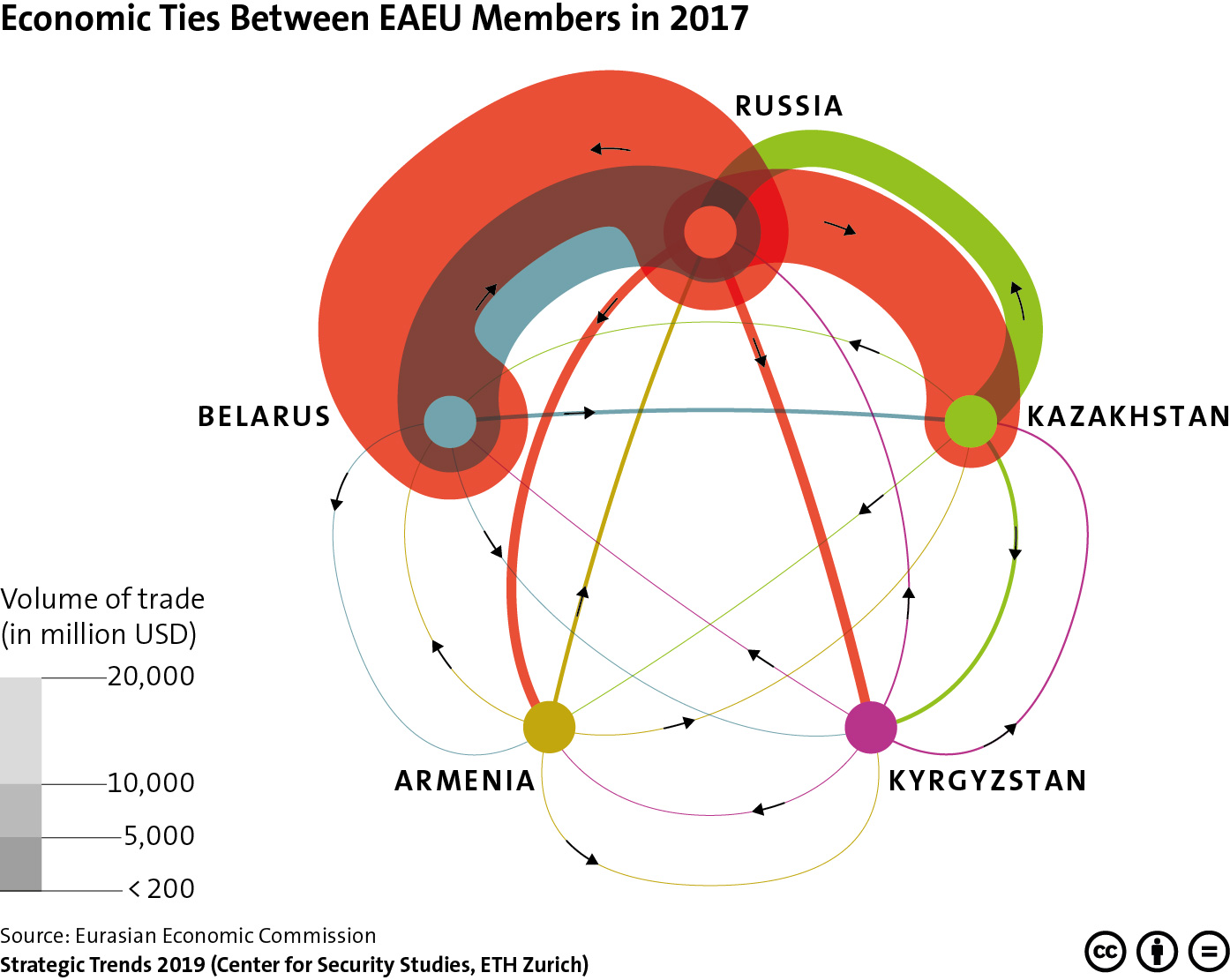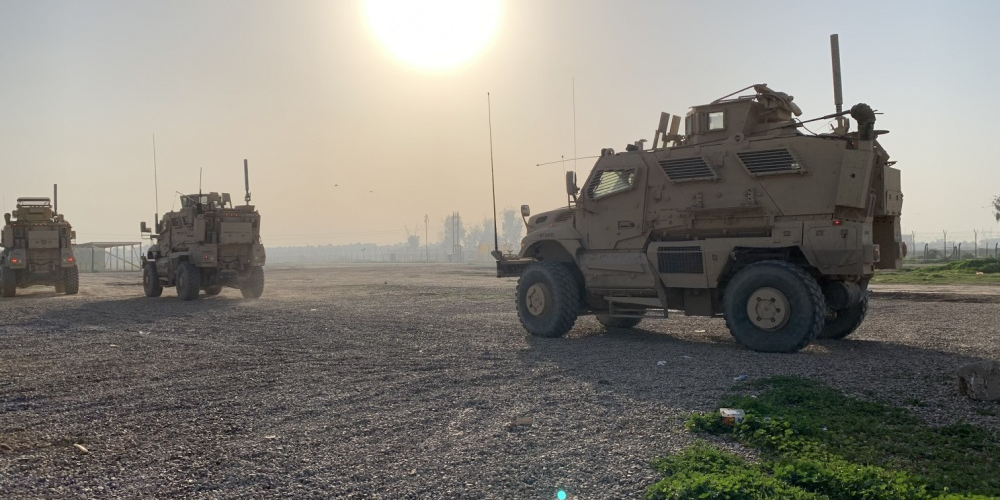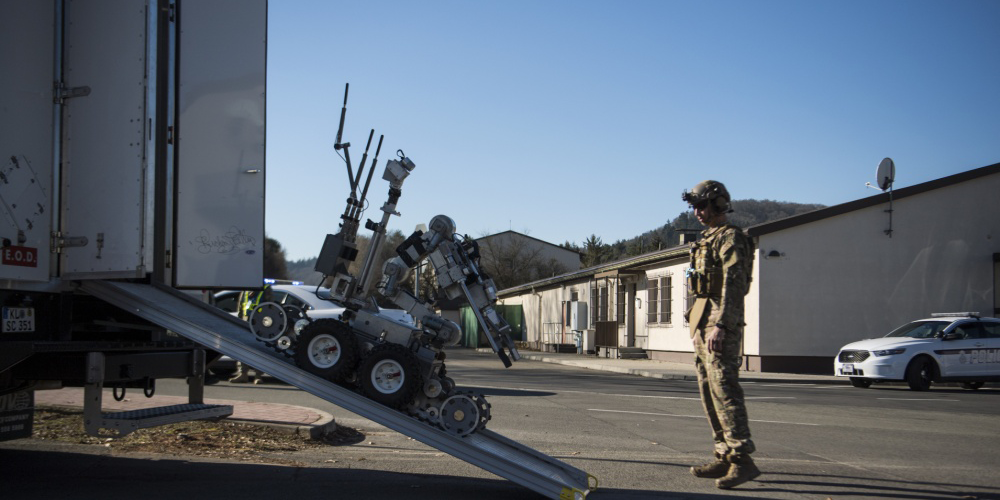
This article was originally published by the German Institute for International and Security Affairs (SWP) on 02 March 2020.
China is increasingly seen as the central threat to the liberal Western world order. A growing sense that this shift is unstoppable creates a climate of discussion that overlooks important alternatives, writes Nadine Godehardt.




